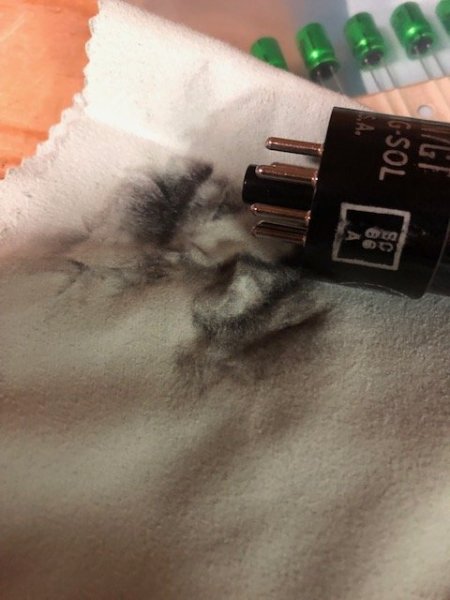It’s an impressive feat to have and to be able to test so many 12ax7 Telefunken tubes for low noise. I experimented years ago with TAD, PSVane, RFT, and Siemens. Interestingly, I settled into Siemens 12au7 for while into my Octave Reference Jubilee preamp and then tried the PSvane 12au7 and have settled on them for the Octave since. That’s also when I experimented with non NOS into the IO again and found after lots of experimentation that the trusted Sovtek 12AxLPS fit the best into the first gain stage and EH12ax7 low noise tested in the 2nd and 3rd stages. I also opted to use new Mullards in the power supply.
i have not tried the new Gold Lion 12ax7s yet into the IO as I have not see any write ups about using that particular tube wit the IO yet. I do know the Sovtek 12ax7 LPS low noise, low micronics and matched sounds awesome with the IO And I can crank up the volume without any virtual tube hiss With the combination of tubes I am using. Another reason I got off the NOS tube roll is that I dont have time to experiment and had some bad tubes more often with NOS than with newer tubes Which I do keep boxes of in reserve.
Speaking of tube testing, I use the Maximatcher tube tester for power tubes but will obtain the Maxipreamp II for triode tubes this week. It can also measure tube noise.
i have not tried the new Gold Lion 12ax7s yet into the IO as I have not see any write ups about using that particular tube wit the IO yet. I do know the Sovtek 12ax7 LPS low noise, low micronics and matched sounds awesome with the IO And I can crank up the volume without any virtual tube hiss With the combination of tubes I am using. Another reason I got off the NOS tube roll is that I dont have time to experiment and had some bad tubes more often with NOS than with newer tubes Which I do keep boxes of in reserve.
Speaking of tube testing, I use the Maximatcher tube tester for power tubes but will obtain the Maxipreamp II for triode tubes this week. It can also measure tube noise.







